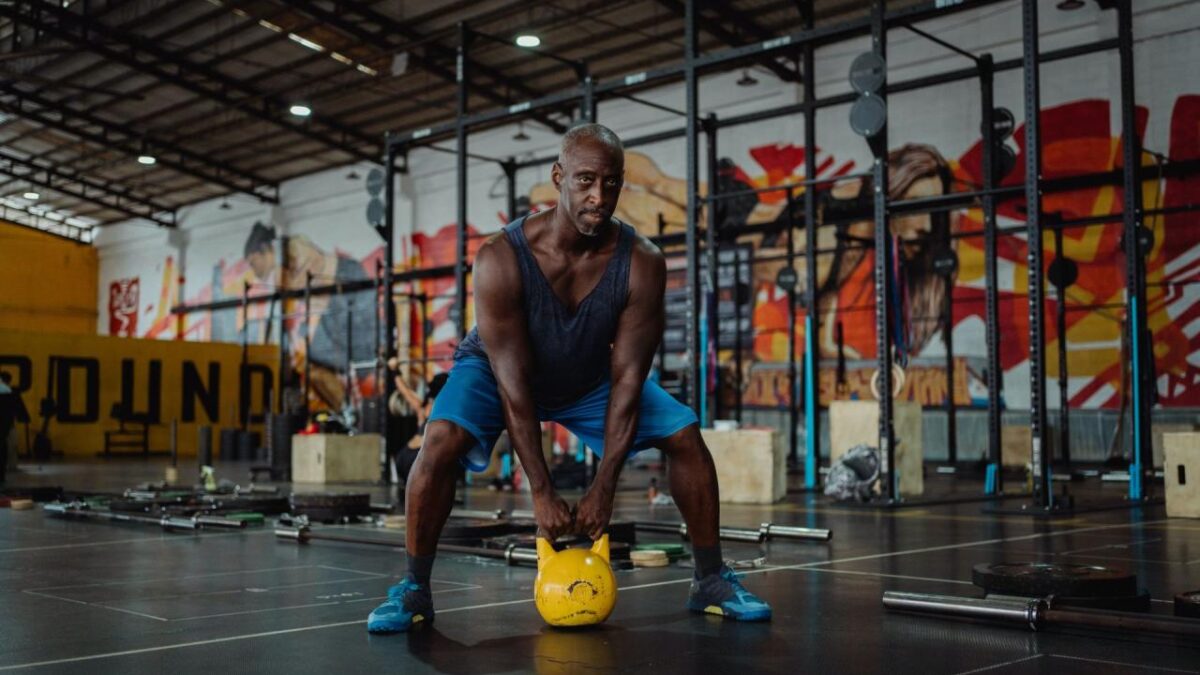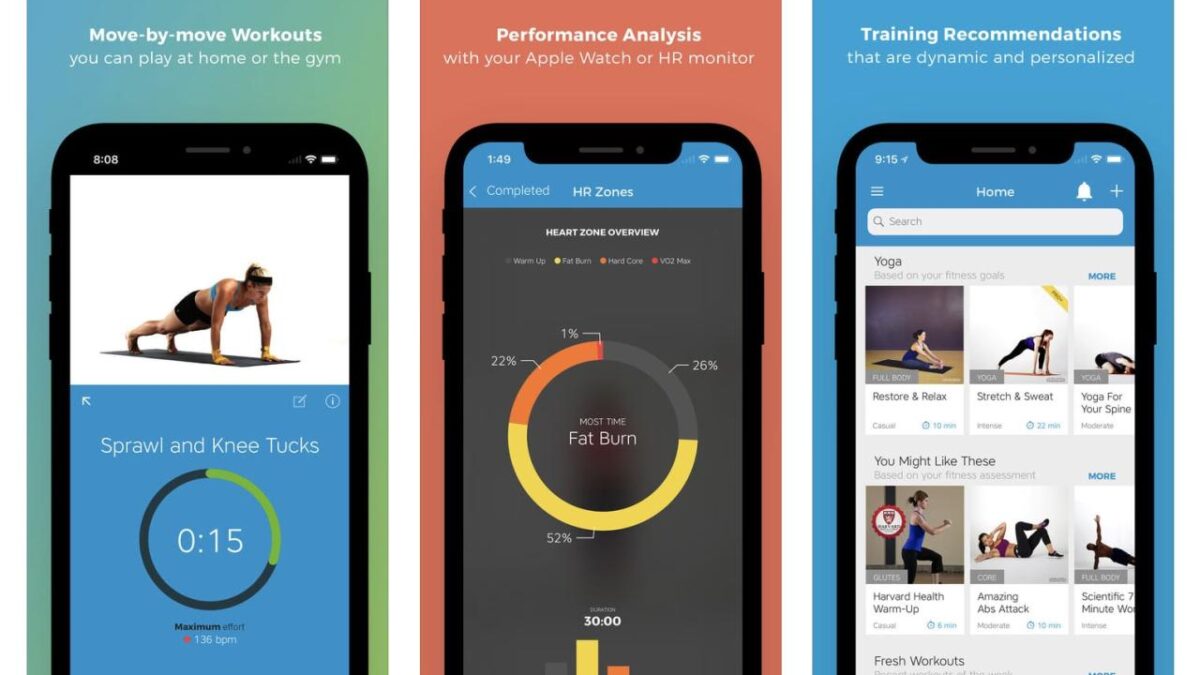
Tracking Your Fitness Gains And Losses: The Ultimate Guide To Progress
Tracking Your Fitness Gains and Losses: The Ultimate Guide to Progress
Related Articles
- Unlocking The Power Within: How To Find Your Fitness Journey Motivation
- “The Joy of Jumping: Exploring the World of Jump Rope Fitness”
- Unlocking The Power Within: A Comprehensive Guide To Self-Motivation For Weight Loss
- Top Fitness Goals To Aim For In Your Journey: Unveiling The Big Secret Tips And Tricks
- Unlocking The Runner Within: Your Comprehensive Guide To Starting Your Fitness Journey With Running
Introduction
Discover essential tips to enhance your fitness journey with Tracking Your Fitness Gains and Losses: The Ultimate Guide to Progress
Tracking Your Fitness Gains and Losses: The Ultimate Guide to Progress
![]()
Whether you’re a seasoned athlete or just starting your fitness journey, tracking your progress is essential for staying motivated, making informed decisions, and achieving your goals. It’s not just about numbers on a scale; it’s about understanding your body’s response to your efforts and identifying areas for improvement. This comprehensive guide will equip you with the knowledge and tools to effectively track your fitness gains and losses, turning your journey into a rewarding and insightful experience.
Beyond the Scale: A Multifaceted Approach to Tracking
The traditional approach of solely relying on the scale for measuring progress is limiting and often discouraging. Instead, a multifaceted approach that encompasses various aspects of your fitness journey is crucial. This includes:
1. Body Composition Analysis:
- Understanding Body Composition: Body composition refers to the breakdown of your body’s weight into different components: muscle, fat, bone, and water. While the scale only measures total weight, body composition analysis provides a deeper understanding of your body’s composition.
- Methods of Analysis: Various methods exist for body composition analysis, each with its own pros and cons:
- Skinfold Measurements: This involves using calipers to measure the thickness of subcutaneous fat at specific body sites.
- Bioelectrical Impedance Analysis (BIA): This method uses a small electrical current to measure body fat and muscle mass.
- Hydrostatic Weighing (Underwater Weighing): This method involves submerging yourself in water to measure your body volume and density.
- DEXA Scan: This advanced imaging technique provides a detailed breakdown of body composition, including bone density.

Review
- Interpreting Results: Regularly tracking your body composition can reveal valuable insights:
- Fat Loss vs. Muscle Gain: A decrease in body fat percentage while maintaining or increasing muscle mass indicates successful progress.
- Muscle Gain: An increase in muscle mass, even with minimal fat loss, signifies strength and fitness improvements.
- Bone Density: Tracking bone density is crucial for preventing osteoporosis and maintaining overall health.
Step-by-Step Guide
2. Strength Training Progress:
- Tracking Your Lifts: Regularly recording your lifting weights and repetitions allows you to monitor your strength gains over time.
- Progressive Overload: The principle of progressive overload states that to continue making progress, you need to gradually increase the weight, repetitions, or sets you lift.
- Tracking Progress: Use a training journal or app to record your lifting weights, sets, reps, and any accompanying notes about your performance.
- Visualizing Progress: Create charts or graphs to visualize your strength gains, providing a clear picture of your improvement.
Tips to Maximize Your Fitness Journey
3. Cardiovascular Fitness Tracking:
- Monitoring Heart Rate: Tracking your heart rate during exercise provides insights into your cardiovascular fitness level.
- Measuring Resting Heart Rate: A lower resting heart rate indicates improved cardiovascular health.
- Tracking Exercise Duration and Intensity: Recording the duration and intensity of your cardio workouts allows you to monitor your progress and identify areas for improvement.
- Using a Heart Rate Monitor: Wearable heart rate monitors can provide real-time data during your workouts, enabling you to optimize your training intensity.
4. Flexibility and Mobility:
- Measuring Range of Motion: Tracking your range of motion in various movements, such as shoulder flexion or hamstring flexibility, provides insights into your flexibility and mobility.
- Using a Goniometer: A goniometer is a tool used to measure joint angles and assess your range of motion.
- Regular Stretching: Incorporating regular stretching into your routine can improve flexibility and mobility over time.
5. Tracking Nutrition and Sleep:
- Calorie and Macronutrient Tracking: Monitoring your calorie intake and macronutrient breakdown (protein, carbohydrates, and fats) can help you understand your nutritional needs and adjust your diet for optimal results.
- Food Diary or App: Use a food diary or app to record your daily meals and snacks, including portion sizes.
- Sleep Monitoring: Tracking your sleep duration and quality can reveal its impact on your fitness progress.
- Sleep Journal or App: Use a sleep journal or app to record your bedtime, wake-up time, and sleep quality.
The Power of Data: Leveraging Technology for Tracking
Technology has revolutionized fitness tracking, offering a wide array of tools and apps to streamline the process and provide valuable insights.
1. Fitness Trackers:
- Activity Tracking: Fitness trackers measure steps taken, distance covered, calories burned, and sleep duration.
- Heart Rate Monitoring: Many trackers incorporate heart rate monitors to provide real-time data during workouts.
- GPS Tracking: Some trackers use GPS to map your runs or walks, providing detailed route information.
- Data Visualization: Fitness trackers often offer apps that visualize your data in charts and graphs, making it easier to understand your progress.
2. Smartphone Apps:
- Fitness Apps: Numerous fitness apps provide comprehensive tracking features, including exercise logging, nutrition tracking, goal setting, and community support.
- Exercise Tracking Apps: These apps allow you to log your workouts, track your progress, and access workout routines.
- Nutrition Tracking Apps: These apps help you track your calorie intake, macronutrients, and food choices.
- Sleep Tracking Apps: These apps monitor your sleep patterns, providing insights into your sleep quality and duration.
3. Wearable Devices:
- Smartwatches: Many smartwatches offer advanced fitness tracking features, including heart rate monitoring, GPS tracking, and sleep tracking.
- Fitness Bands: Fitness bands provide a more minimalist approach to tracking, focusing on activity levels, sleep, and heart rate.
- Body Composition Monitors: Some wearable devices can measure body composition, providing insights into your fat percentage and muscle mass.
Tips and Tricks for Effective Tracking:
1. Consistency is Key:
- Regular Tracking: Track your progress consistently, whether it’s daily, weekly, or monthly, to gain a comprehensive understanding of your fitness journey.
- Establish a Routine: Make tracking part of your routine, whether it’s recording your workouts in the morning or logging your meals before bed.
- Set Reminders: Use reminders on your phone or calendar to ensure you don’t miss tracking sessions.
2. Focus on the Right Metrics:
- Choose Relevant Metrics: Select metrics that are relevant to your fitness goals. For example, if you’re focused on fat loss, track your body fat percentage and calorie intake.
- Avoid Over-Tracking: Don’t get bogged down by tracking every single detail. Focus on the key metrics that provide the most valuable insights.
- Prioritize Progress Over Perfection: Don’t be discouraged by occasional missed tracking sessions. Consistency is more important than perfection.
3. Visualize Your Progress:
- Create Charts and Graphs: Use spreadsheets, apps, or online tools to visualize your data in charts and graphs.
- Track Your Progress Over Time: Compare your current data to previous data points to see how you’ve improved.
- Celebrate Milestones: Use data visualization to celebrate your milestones and stay motivated.
4. Use Data to Inform Your Decisions:
- Identify Trends and Patterns: Look for trends in your data to understand how your body is responding to your efforts.
- Adjust Your Approach: Use data insights to adjust your training program, nutrition plan, or other aspects of your fitness journey.
- Consult with Professionals: If you’re struggling to interpret your data or make informed decisions, seek guidance from a qualified fitness professional or nutritionist.
5. Don’t Get Discouraged by Setbacks:
- Understand That Progress Isn’t Linear: It’s normal to experience plateaus or setbacks along the way.
- Use Data to Analyze Setbacks: Use your tracking data to identify potential causes of setbacks and make adjustments.
- Stay Persistent: Don’t give up on your goals. Use setbacks as opportunities to learn and adapt.
Progression of Tips and Tricks:
Beginner Level:
- Focus on Basic Tracking: Start with tracking your weight, exercise duration, and calorie intake.
- Use Simple Tools: Use a pen and paper, a basic fitness tracker, or a simple app to track your progress.
- Set Realistic Goals: Focus on establishing healthy habits and making gradual progress.
Intermediate Level:
- Expand Tracking Metrics: Incorporate body composition analysis, strength training progress, and heart rate monitoring.
- Utilize Advanced Tools: Explore more advanced fitness trackers, apps, or wearable devices.
- Set More Specific Goals: Set specific goals for strength gains, fat loss, or cardiovascular improvements.
Advanced Level:
- Track Multiple Metrics: Track a wide range of metrics, including sleep quality, flexibility, and hydration levels.
- Use Data for Optimization: Analyze your data to optimize your training program, nutrition plan, and recovery strategies.
- Consult with Professionals: Work with a coach, nutritionist, or other professionals to maximize your progress.
Conclusion:
Tracking your fitness gains and losses is an essential aspect of achieving your fitness goals. By using a multifaceted approach that encompasses body composition, strength training progress, cardiovascular fitness, flexibility, nutrition, and sleep, you can gain a comprehensive understanding of your body’s response to your efforts. Technology has made tracking easier and more insightful than ever before, providing a wealth of data to inform your decisions and optimize your progress. Remember, consistency, focus on relevant metrics, and visualization are key to effective tracking. Use setbacks as opportunities to learn and adapt, and celebrate your milestones along the way.
Frequently Asked Questions:
Q: What are the best fitness trackers for beginners?
A: For beginners, affordable fitness trackers like Fitbit Inspire 2, Xiaomi Mi Band 5, or Garmin Vivofit 4 are excellent options. These trackers provide basic activity tracking, sleep monitoring, and heart rate measurement.
Q: How often should I track my progress?
A: The frequency of tracking depends on your goals and preferences. Daily tracking can provide detailed insights, while weekly or monthly tracking can provide a broader overview.
Q: What if I miss a few tracking sessions?
A: Don’t get discouraged by missed tracking sessions. Consistency is more important than perfection. Try to catch up on your tracking when possible, and focus on maintaining a regular tracking routine.
Q: How can I interpret my body composition data?
A: A decrease in body fat percentage while maintaining or increasing muscle mass indicates successful progress. An increase in muscle mass, even with minimal fat loss, signifies strength and fitness improvements.
Q: Should I track my food intake?
A: Tracking your food intake can be beneficial if you’re trying to manage your weight or adjust your macronutrient intake. However, it’s not necessary for everyone.
Q: How can I stay motivated to track my progress?
A: Set realistic goals, celebrate milestones, visualize your progress, and find a tracking method that you enjoy.
Q: What resources are available for learning more about fitness tracking?
A: Numerous websites, apps, and books provide information on fitness tracking. The National Institutes of Health (NIH) offers valuable resources on fitness and health.
Source URL: https://www.mayoclinic.org/healthy-lifestyle/fitness/in-depth/fitness-tracking/art-20047324
Closure
Thank you for joining us; keep visiting for updates on Tracking Your Fitness Gains and Losses: The Ultimate Guide to Progress and related topics.
Stay tuned for more expert tips to elevate your fitness journey!
Don’t miss out on future content to help you reach your fitness goals—follow us for the latest updates.


